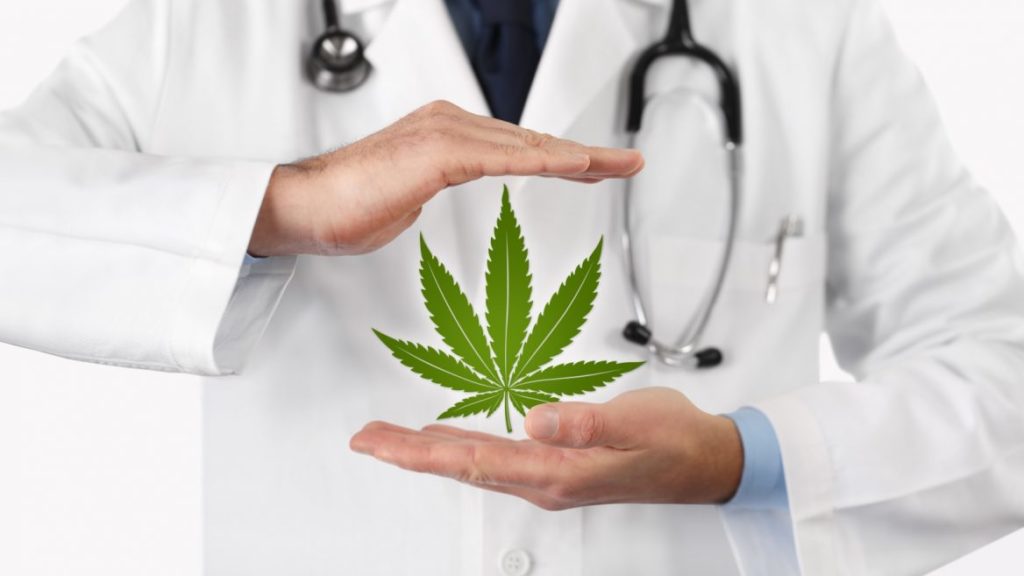
More and more studies have shown the positive effects of cannabidiol (CBD), a compound found in cannabis plants, in managing anxiety, movement disorders, and pain. That’s why in recent years, many states have legalized the use of marijuana for medical purposes, and more are following suit.
The Power of Cannabidiol
CBD is one of over 60 compounds found in marijuana, and it is present in high concentrations. Unlike tetrahydrocannabinol (THC), CBD is non-psychoactive. Meaning, it will not make the user “high” while delivering the many health benefits of the cannabis plant. It is deemed safe for those who want to reduce their anxiety, manage their seizures and other neurological disorders, and relieve their pain.
Medical Marijuana for Pain Relief
Instead of taking pills for pain relief, marijuana is a highly recommended alternative. Whole Leaf and other cannabis companies in the US vouch that the sedative effect of marijuana is helpful in alleviating pain, specifically chronic pain which can only be relieved by opiates.
Marijuana is preferable to opiates because there is no risk for overdose. Some medical experts even claim that it works better than synthetic painkillers. However, marijuana has limited benefits in post-surgical pain, the acute pain of a bone fracture, and other severe types of pain.
Other Beneficial Uses of Medical Marijuana
Additional medical benefits of CBD are observed in the digestive system, cardiovascular system, and nervous system. Specifically, scientists have found it is beneficial for conditions, including irritable bowel disease, interstitial cystitis, Crohn’s disease, and endometriosis. Other studies have shown marijuana is helpful in relieving symptoms of glaucoma, multiple sclerosis, fibromyalgia, nerve pain, and even HIV/AIDS. Medical marijuana also shows promise in emotional mood regulation and relief from anxiety.
Medical experts and scientists continue to examine the full potential of CBD as a treatment option for many other illnesses and conditions. Studies are currently being done to explore the possible benefits of medical marijuana in treating Type 2 diabetes mellitus, epilepsy, and psychotic disorders.
Potential Side Effects
Known side effects of smoking medical marijuana include dry mouth, drowsiness, and dizziness. It is best to consult your doctor about how you should take medical marijuana. Other intake methods include placing a few drops of CBD oil under your tongue, consuming marijuana edibles like brownies, and applying CBD to your skin in forms of spray, oil, cream, or lotion. You should also talk to your doctor about the dosage.
For many Americans, there is no medication other than marijuana that offers relief without debilitating side effects. Cases of opioid overdose have been increasing in the US, making medical marijuana an ideal alternative for relieving pain and other symptoms.
While contemplating the possible benefit of medical marijuana for your symptoms, it is still important to remember that claims of relief or cure must always be treated with caution. Exercise critical evaluation and consult with your doctor before engaging in any new or alternative therapeutic option for your condition.